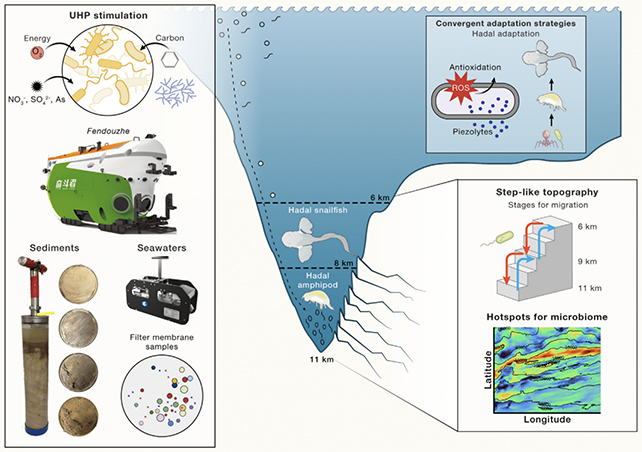Our planet resides in the Habitable Zone of our Sun, which is a special region where water can exist as a liquid on the surface of a planet. But there’s another aspect that makes Earth unique: it’s situated in the Galactic Habitable Zone, an area within the Milky Way where the rate of star formation is optimal.
Earth possesses all the necessary components for life, which sets it apart from many other planets. These components include water as a solvent, carbon with its ability to form long chains and bond with other atoms, as well as oxygen, hydrogen, phosphorous, and nitrogen. Some of these elements are produced in stars’ cores, while others are created in more extreme processes such as the deaths of massive stars or the collisions of white dwarfs.
The Sun, our star, is steady and long-lived, providing warmth for over 10 billion years without overwhelming solar flares that could harm the system with deadly radiation. Larger stars burn too bright and fast, while smaller red dwarf stars, although capable of living for trillions of years, exhibit substantial fluctuations in energy output that can lead to massive flares and radiation.
Moreover, our position in the galaxy, located on a small branch of a spiral arm about 25,000 light-years from the center, appears to be conducive to life — this is known as the Galactic Habitable Zone. If Earth were closer to the center, it would face intense radiation from stellar deaths and explosions. On the contrary, the outer regions lack the density of stars necessary for mixing and recycling of elements, making it difficult to support life.
It appears that life would almost certainly emerge on Earth, around our Sun, within this specific region of the Milky Way. There seems to be little else in the galaxy that could be as suitable for sustaining life.














